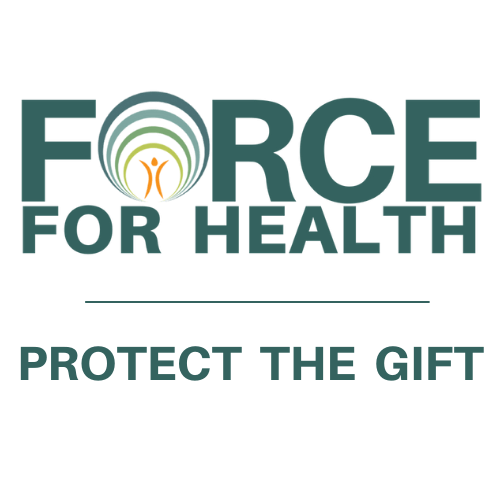News Release: Avian Influenza Update
News Release
For Immediate Release: December 6, 2024
Media Contact: Niala Charles
Mobile: 480-318-6337
Email: pi*@***hs.gov
Avian Influenza Update
PHOENIX- The Arizona Department of Health Services is reporting the first human H5 cases in Arizona. Both individuals were exposed to infected poultry while working at a commercial facility in Pinal County. These individuals reported mild symptoms, received treatment and recovered.
Avian influenza has been detected in Arizona, including a commercial poultry farm in Pinal County and a backyard flock in Maricopa County. Most human infections with H5 virus have occurred after unprotected exposure to sick or dead infected animals or their environment. Human infections with H5 can happen when the virus gets in a person’s eyes, nose, mouth or is inhaled from close or prolonged exposure to sick animals or their environments.
H5 infection in people can range from mild (upper respiratory symptoms, conjunctivitis) to severe (pneumonia, multi-organ failure, and death). There is no evidence that human-to-human transmission of H5 is occurring to date. The risk to the general public from H5 remains low.
Arizona continues to take swift and comprehensive action in response to any detections of avian influenza within the state. Specifically the state is:
- Working with local, state, and federal partners to monitor bird flu in farm animals and people who work closely with poultry and dairy cows.
- Distributing protective gear to farm workers who have contact with infected animals.
- Helping ensure individuals with symptoms of or exposure to bird flu have access to testing and treatment; providing prophylactic treatment to individuals who may have been exposed to bird flu.
- Conducting timely public education efforts to ensure those impacted have information about avian influenza.
Avian influenza H5 is a novel influenza A virus that primarily affects birds. Although human infections with H5 are rare, exposure to animals infected with influenza A(H5) or environments in which infected animals have been present increase the risk of individuals becoming infected.
To reduce the risk of infection, people should avoid unprotected contact with sick or dead animals and their droppings or bedding, and should not consume unpasteurized (raw) dairy products.
*Cases meet the Council of State and Territorial Epidemiologists (CSTE) probable case definition (PDF).
###
About Us: The Arizona Department of Health Services is committed to the health and well-being of every Arizonan. We provide reliable health information, support critical health services, and promote wellness throughout our state. Whether it’s managing health crises, offering vital resources, or driving community health initiatives, ADHS is here to ensure a healthier and safer Arizona for all







